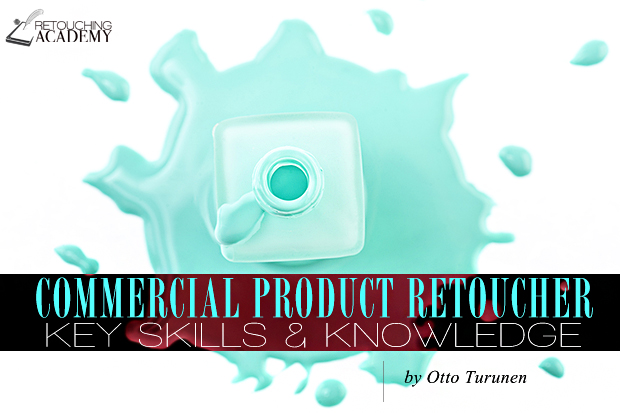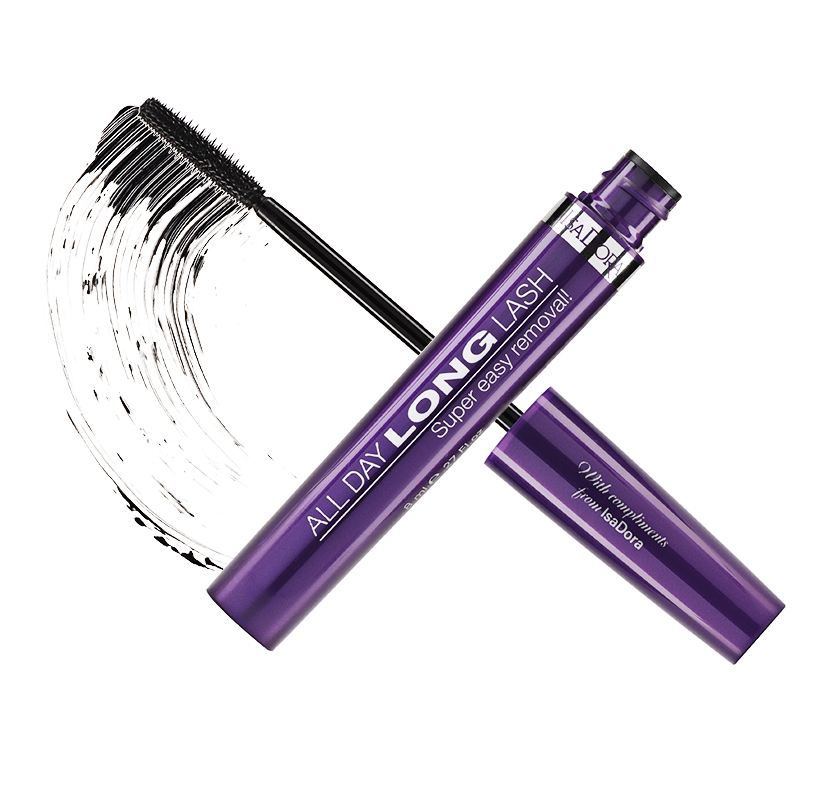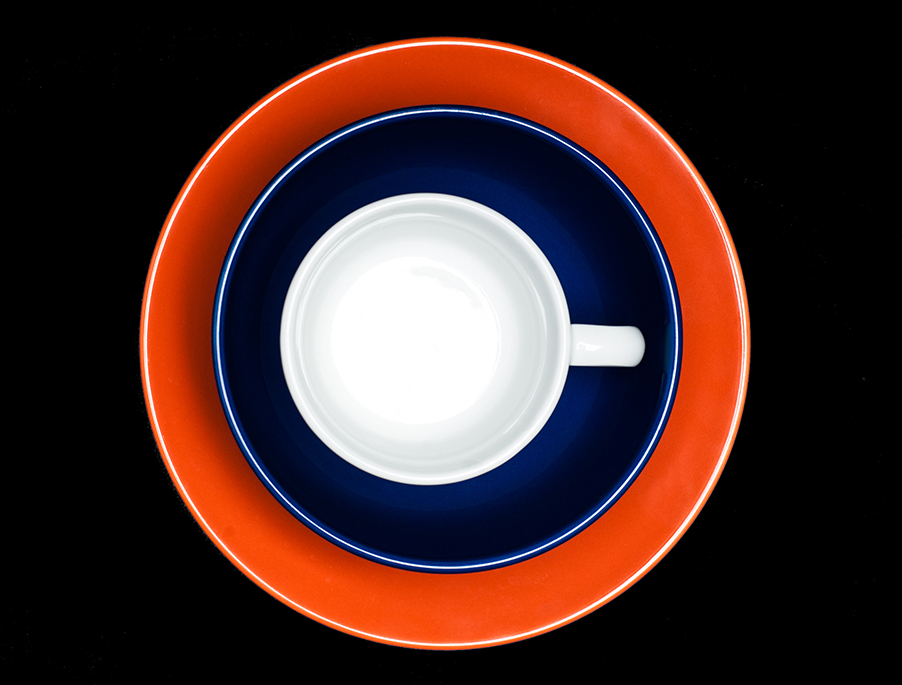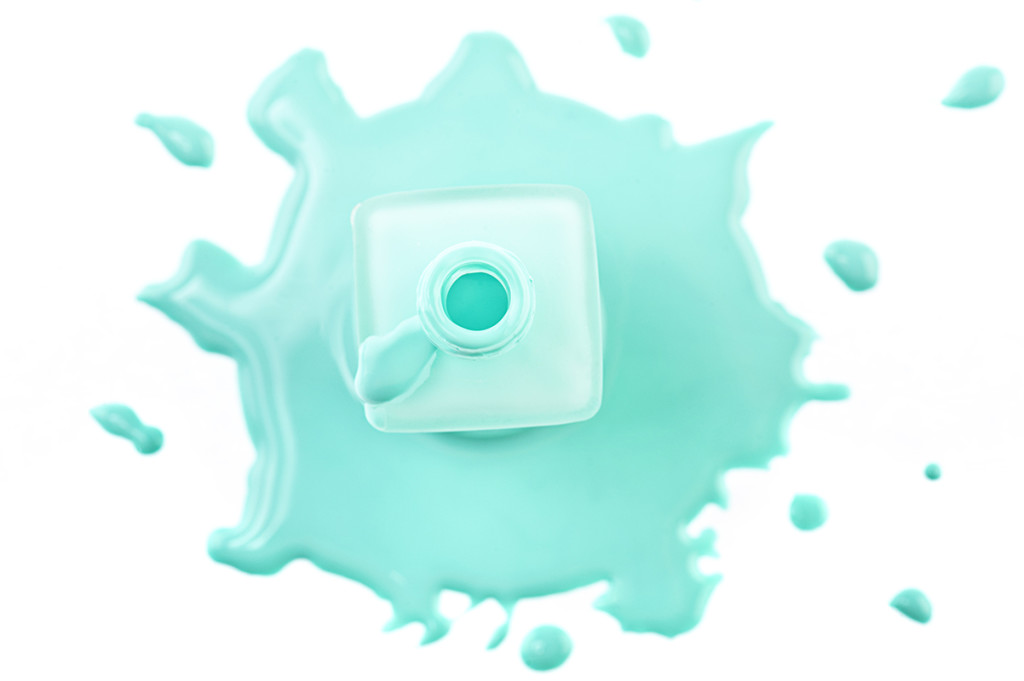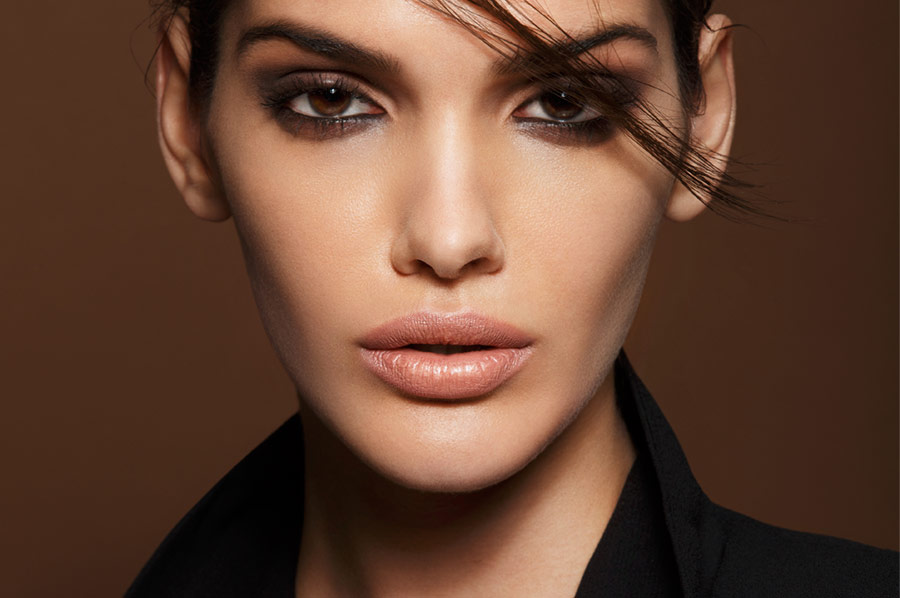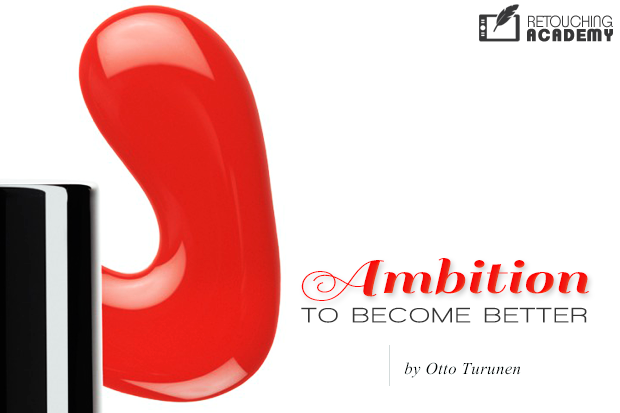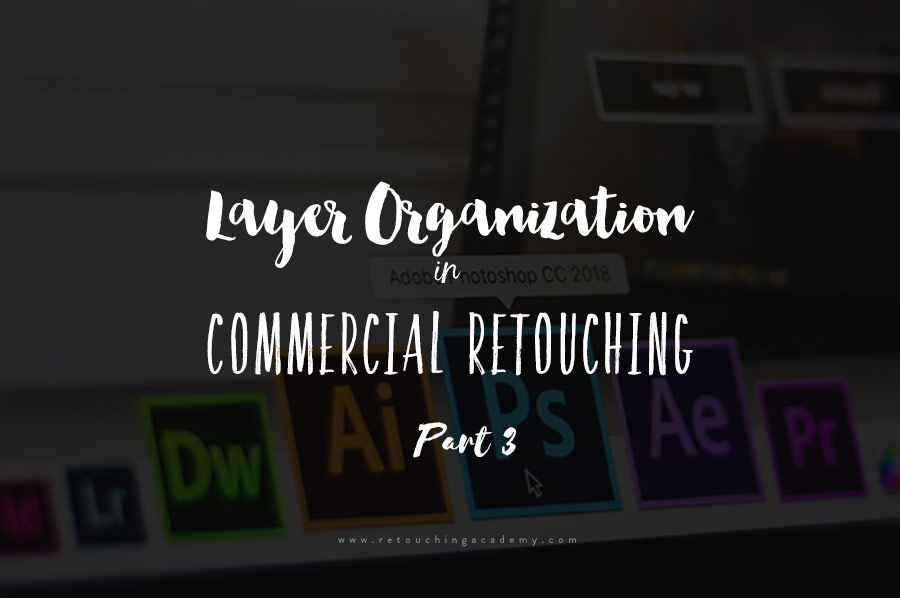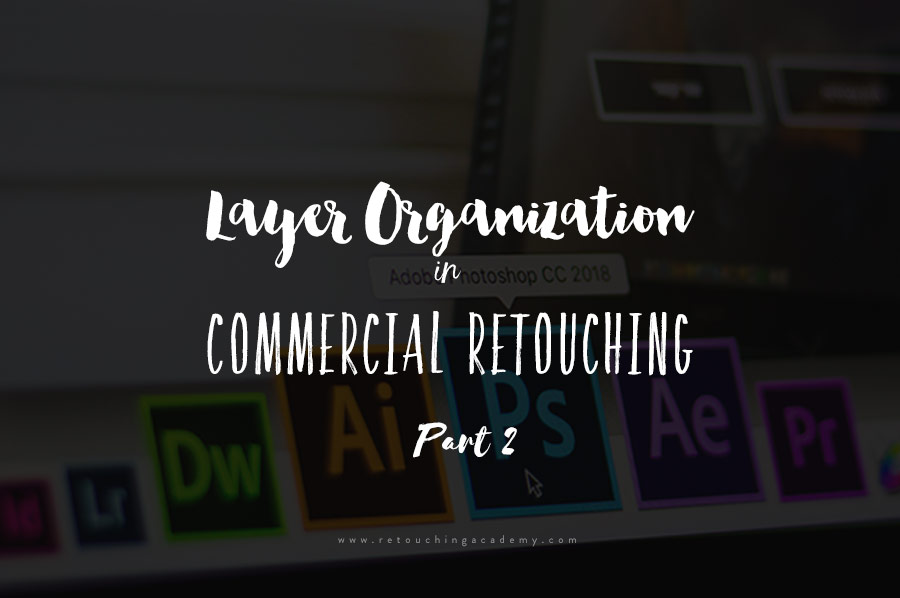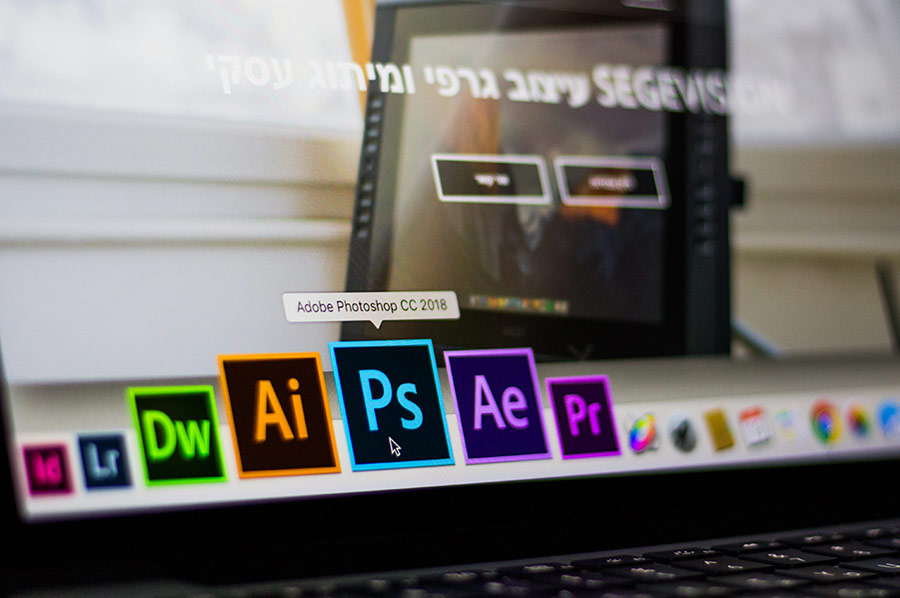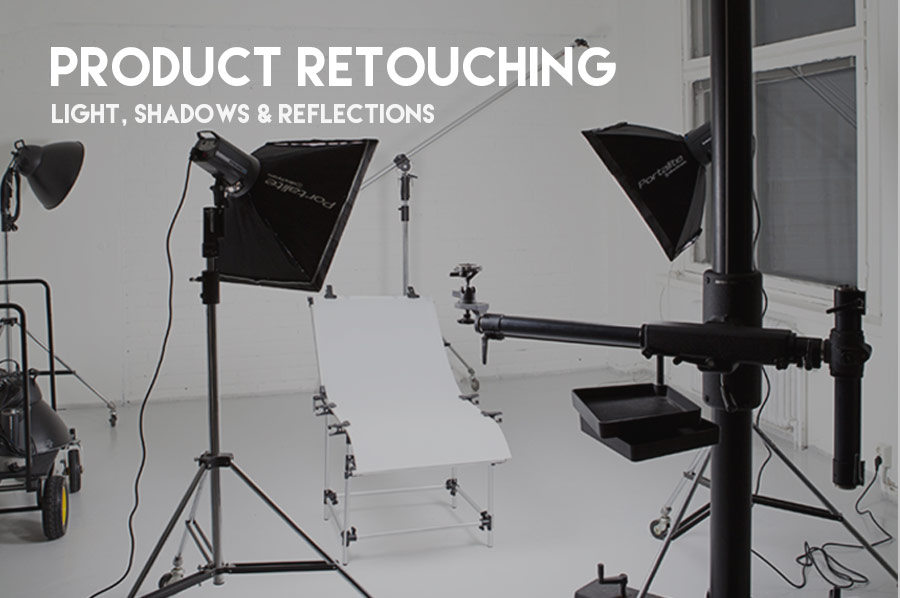When I first started out as a product photographer and retoucher at a large fashion company, I tried to search for tutorials, tips, and tricks to take my game to the next level. I found plenty of good articles about how to photograph products but not so many articles about post-processing product images or articles written from the perspective of a product retoucher. Why?
Learn the basics
Studying art, and especially shapes, shades, and structure, was important for me to be able to understand how different product shapes worked with light and how they did not. This approach also helped me understand how light interacted with specific materials and how I could shape it.
Once you start understanding the behavior of light as it interacts with different surface textures and shapes, you also need to study lighting setup tutorials to better understand how and why a photographer achieves his or her end result.
Communication is essential
Product retouching is not so different from fashion or beauty retouching. You basically use the same tools and have the same mindset: get a better end result.
The biggest difference is obviously in the subject itself. So what does that mean for retouchers?
First and foremost, you need to know exactly how a product looks in real life – you need to understand its shape, texture, and color.
Working with products also means you need to pay extra attention to color management. I cannot stress enough the importance of correct colors and reflections.
Your client will be more than just disappointed if you deliver incorrectly colored products or deliver images that no longer present a realistic view of the product.
To avoid this kind of disaster, product retouchers need to communicate frequently with the photographer and others who are involved in the production cycle, from pre-production planning to the end publication.
This isn’t always possible, but it is vital to get as much information as possible concerning the vision of the end result.
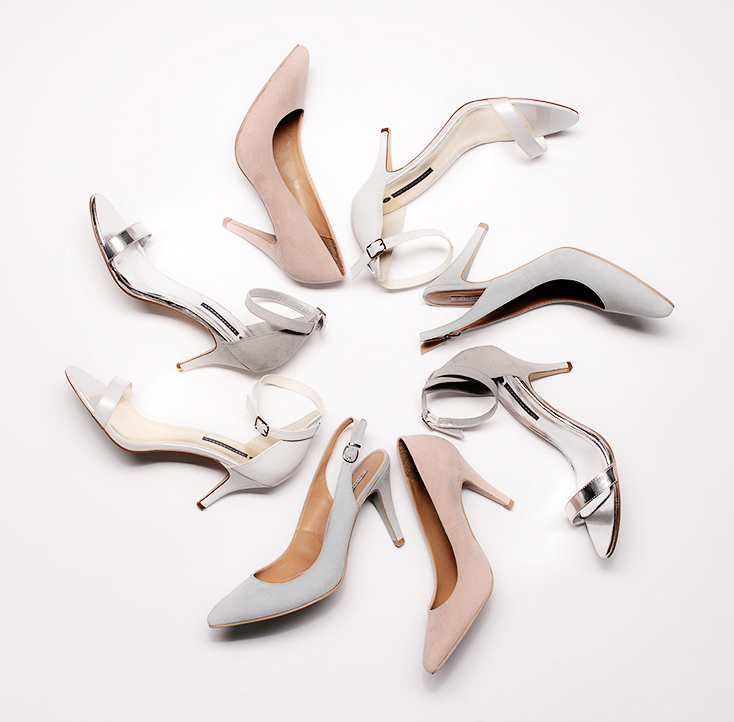
When you have an opportunity to plan the shoot with the photographer, take advantage of that. Share with the photographer what he needs to take into consideration for the post-process work and how that will affect the shoot.
For example, given a particular lighting setup, does the product’s shape, color, or texture impose any limitations on post-production editing?
Do you need to use more than one photo to create the end result? In the case of multiple photos, the answer is probably yes, so always communicate your needs — it is easier to work with too many photos than with too few.
Also, try to have the real product sample next to you while you edit the images, so that you can examine the product’s structure and color and verify that your edited file represents the product accurately.
Bigger products like cars and planes are quite hard to fit into a retoucher’s studio, but accurate color samples and/or material samples are usually enough to help you do the job well.
Practicing your craft
Product retouching can be time consuming, and at times quite difficult, but it has its benefits.
For example, product photos for practicing retouching are often easier to obtain than high-end beauty or fashion photos. And when you are just starting out, you might already own a DSLR and maybe a few strobes, so you can illuminate a basic product even at home to build up a solid skill-set for future, more complex photo combinations.
RELATED: Product Photography & Retouching: Light, Shadows & Reflections
Also, don’t forget to leverage stock photos if you require a background that is unavailable to you locally.
Keep in mind how your client plans to use the product while you edit the image. Will the image be a small picture on the side of a magazine’s page or used as the main campaign photo? Base the time spent editing on that end usage and think about what you will need to do to the image to achieve the best end result.
Try to find inspiration for your work from different magazines, design blogs, or even straight from the product designer herself. What is the trend right now for the product? How does it appear in other media? How can you create something extraordinary from something as basic as a nail polish bottle? Keep your eyes and mind open to everything.
Product retoucher needs knowledge
Why can’t you find good articles from the perspective of a product retoucher?
From my point of view, I can only say that to learn to be a better product retoucher, you need to study different aspects of the product and by doing so, you will automatically end up reading, watching, and listening to almost everything around you.
Do you like fast cars, delicious food, or beautiful jewelry? Then study their industries!
To be able to deliver unique and professional images, you need to know a lot about your subject’s industry, just as in fashion and beauty retouching.
Mix and match different crafts and you will succeed.


